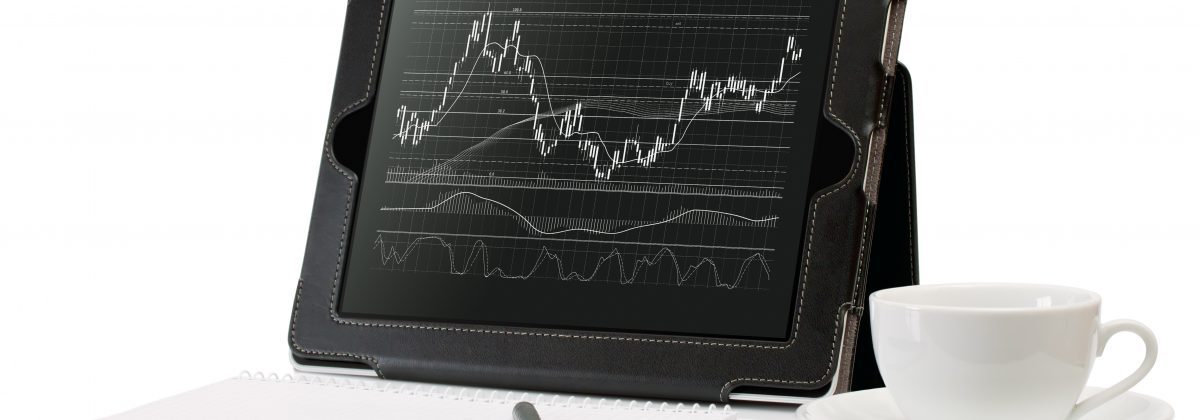Mechanics of the Carry Trade Strategy

A forex trading strategy implemented over a longer time frame and involving trades aimed at taking advantage of the interest rate differential between two currencies is called a “Carry Trade” Strategy. In simple terms, traders borrow a currency with a low interest rate and use the funds to buy a different currency with a higher interest rate. The goal here is to not only benefit from the interest rate differential but also benefit from the appreciation in the currency purchased. This strategy, used by big banks, hedge funds and institutions, is increasingly finding favour with small independent traders too.
This interest rate strategy can be used to make profitable trades by using a forex broker who provides attractive rates on rollovers for the currency pair in which a trader wishes to trade. Since the whole basis of this strategy is the interest rate differential, the currency pairs to be traded need to be chosen carefully. Here’s a look at how this strategy works and which currencies to trade.
Interest Rate Differentials
As mentioned above, Carry Trade looks to benefit from the difference in the interest rates of the countries to which the chosen currencies belong, as well as some additional appreciation from favourable exchange rate movements. This is possible when the currency pairs are chosen wisely, after taking into account:
- The magnitude of the interest rate differential. The interest rate considered for this purpose should be the interbank deposit rates for the time period during which the carry trade will occur.
- The possibility of appreciation of one currency versus the other. This is done on the basis of both fundamental and technical analysis.
So, this strategy involves choosing the currency with the highest interest rate and having the best chance of appreciation, and trading it against the currency with the lowest interest rate and low chances of appreciation over the chosen time frame. This strategy is also used to benefit from the compounding effect of interest rates. So, the total loss or profit on a carry trade is calculated by adding the sum of all three factors when the trade is closed.
Carry Trade and Rollovers
Online forex broking involves automatic rollover of currency positions, if the position is held even after 5pm Eastern Standard Time. This means the broker automatically closes out a trader’s existing position for value spot and rolls it forward for value for one additional business day in the future. This is where traders need to be careful, since rollover rates vary from broker to broker. So, always check which broker offers competitive rollover rates.
For instance, if the currency position of a trader holding a higher interest rate currency is rolled, they will be entitled to get the difference. Similarly, if the trader is holding a lower interest rate currency and the same is rolled over, they will have to pay the difference for the same.
The Carry Trade strategy also allows traders to use leverage to their advantage. The daily interest on carry trade is paid by the broker on the leveraged amount, thus ensuring good returns.
Another instance when carry trade is applicable is in the use of hedging, wherein one long carry trade is hedged with another short carry trade, using different currency pairs that are closely co-related and result in a net interest rate benefit. A perfect example of this is exploiting the interest rate differential between the EUR/USD pair and the USD/CHF pair. This strategy may, however, prove to be highly risky if the correlation between the pairs breaks down and leads to losses.
Carry Trade is not for the risk averse investor because riskier currencies tend to have higher interest rates. This strategy wisely by choosing currency pairs belonging to stable economies. Also, this type of trade is beneficial for a longer-term trading approach.
Disclaimer
If you liked this educational article please consult our Risk Disclosure Notice before starting to trade. Trading leveraged products involves a high level of risk. You may lose more than your invested capital.




